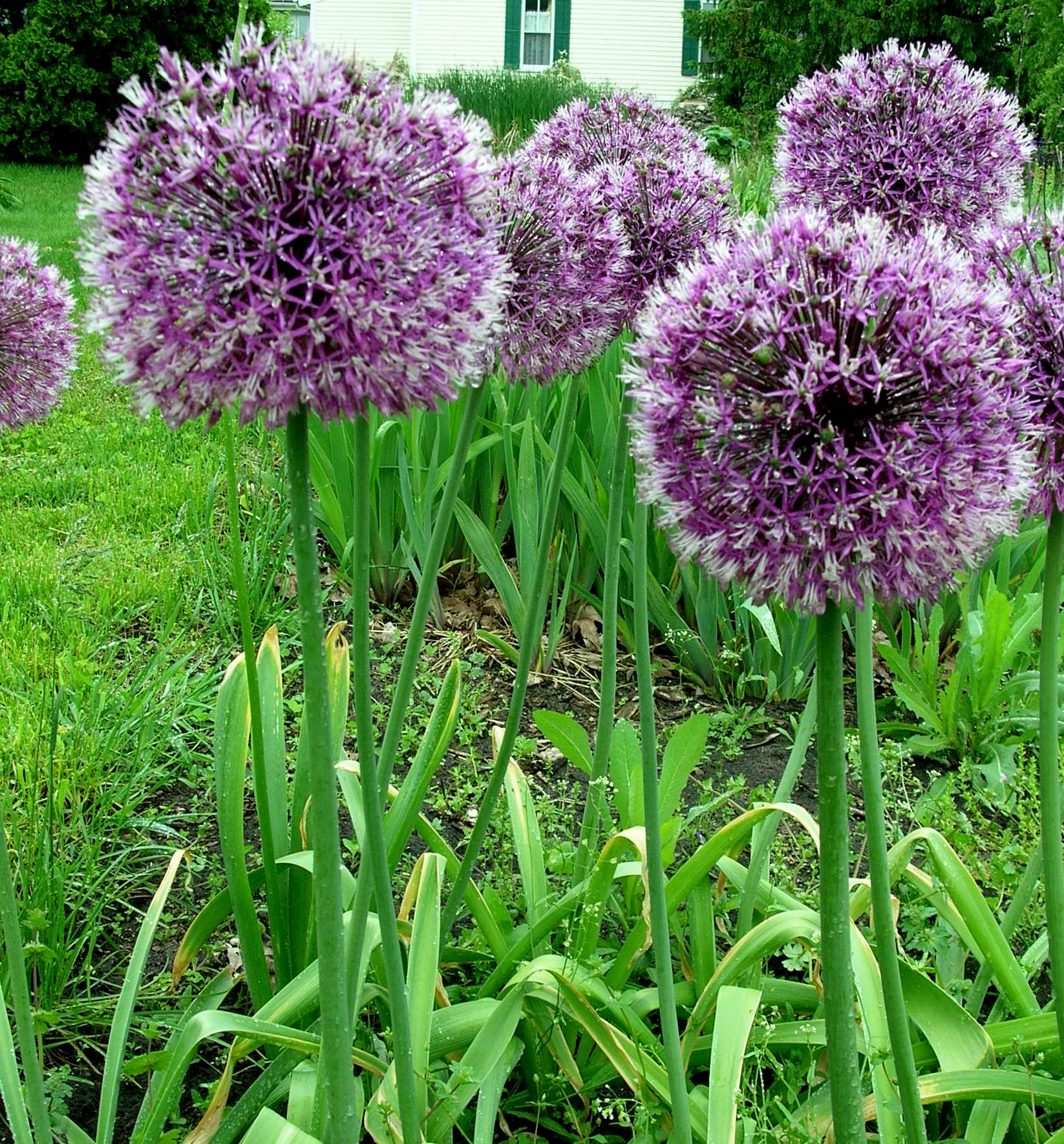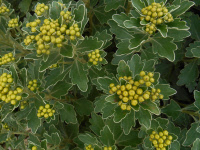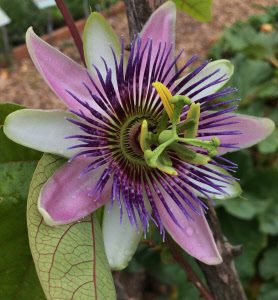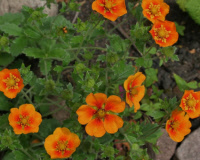Description
OUT OF STOCK
Note: This is a plant not currently for sale. This is an archive page preserved for informational use.
Decadent, huge purple balls in June
We are very sorry, but due to state agricultural restrictions, we are not permitted to ship Allium bulbs to Idaho, or to the following five counties in the State of Washington: Adams, Benton, Franklin, Grant and Klickitat.





